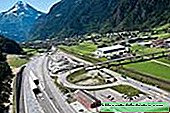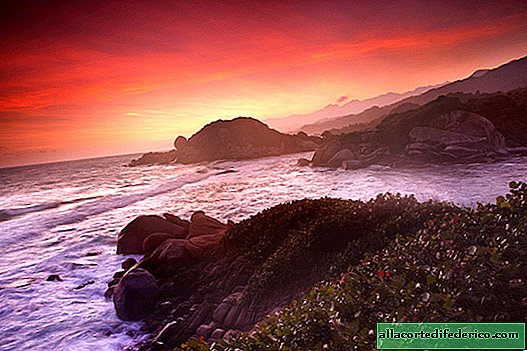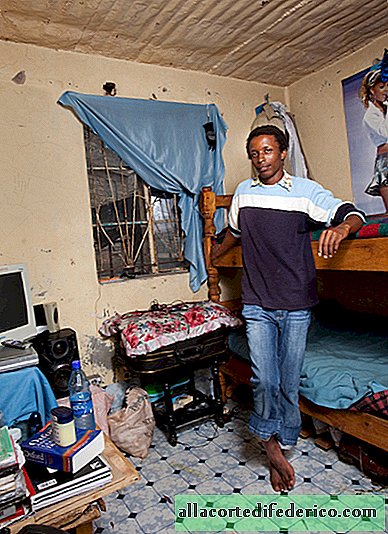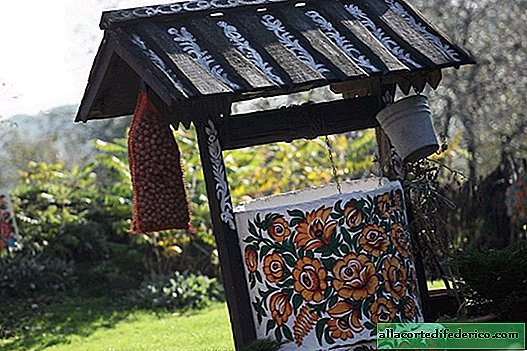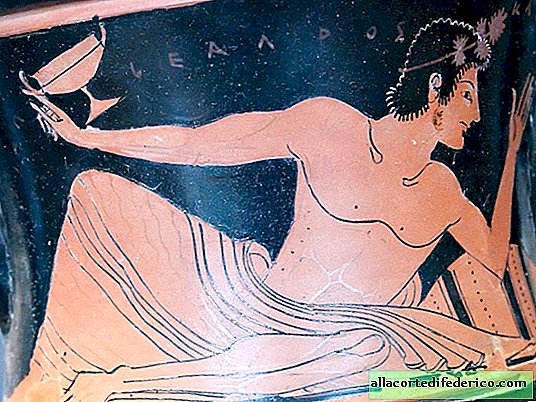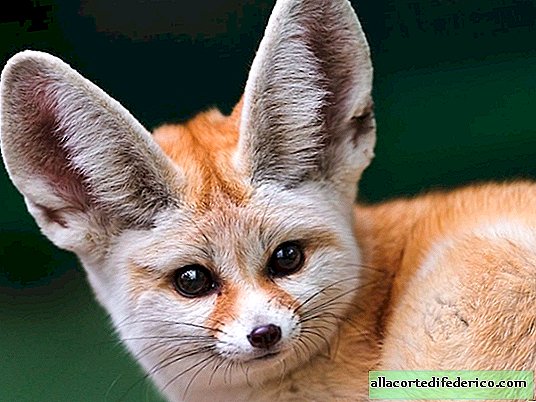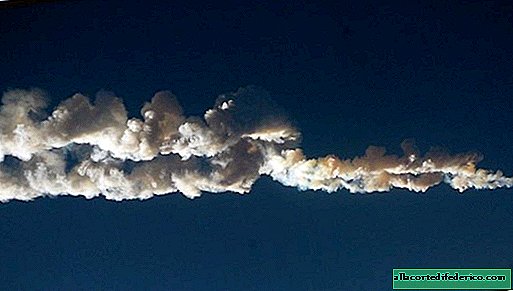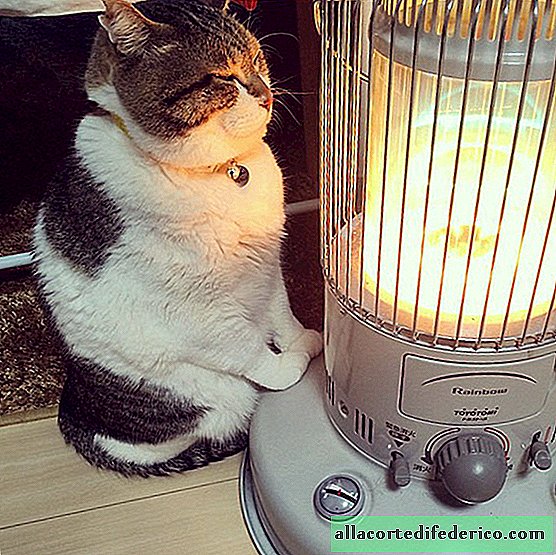Who are the goats of Judah and why in the Galapagos Islands they destroyed ordinary goats
When you start to learn the amazing nature of the Galapagos Islands, you understand how inspiration descended on Darwin and he came up with the theory of evolution. The animal world here seems to be the same as in other parts of the planet, but still a little different. So, local penguins like the heat and the tropics. Iguanas are also special here: everywhere these reptiles are land, but in the Galapagos they learned to swim and get their own food in the sea.
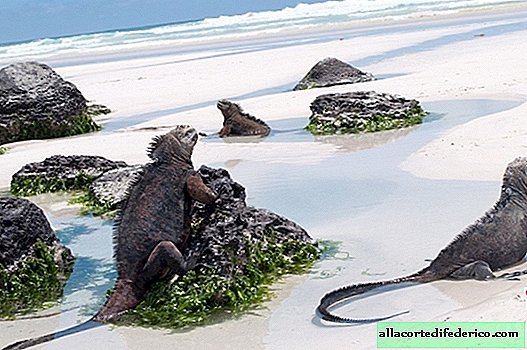
And cormorants live on the islands, which for hundreds of years simply lost their ability to fly. And, of course, the main attraction of these places - giant turtles. However, there are very few of them left, and one of the reasons for the reduction in numbers is ordinary goats.
How turtles began to fade
There were once a huge number of turtles in the Galapagossa. They had no natural enemies, so they could live on the islands for decades, slowly crawling on the ground. So, according to some reports, in the XVI century there lived 250 thousand of these giants, and by the 1970s their number had decreased to a miserable three thousand. And all this is to blame for the man: the tortoise meat was considered incredibly tasty, so animals were killed for him. Turtles were taken on ships: they could live without food for a year, while sailors always had fresh meat.
 What remains of the turtles after the hunters. Photo of the beginning of the twentieth century
What remains of the turtles after the hunters. Photo of the beginning of the twentieth centuryWell, when at the beginning of the 19th century the Galapagos Islands began to colonize, the number of giant turtles generally began to decline rapidly. And here the reason was not only hunting: people began to import animals that had never lived here on the islands. So in the Galapagos appeared cats, donkeys, pigs, goats and other domestic animals. They caused great damage to a fragile ecosystem. And the scariest of them were goats.
Horned invaders

At first glance, what can be dangerous goats? However, decades have shown that the damage from them is quite noticeable: these herbivores simply gobbled up all the vegetation, including rare plants. The islands were literally bald, and turtles began to disappear.
This went on for a long time, until in 1995 it was decided to destroy all the non-native animals of the islands. And for this they chose the fastest and easiest method, but also the most aggressive: donkeys, pigs and goats were simply shot.
Judas Goats
The project was called Isabela in honor of one of the Galapagos Islands. Since 1999, experienced snipers set to work. They flew helicopters and scoured several islands, looking for goats and shooting at them. A few years later, 90 percent of the goats were destroyed, but the remaining ten percent of the animals created the most difficult snipers.
 An example of how goats destroyed all vegetation
An example of how goats destroyed all vegetationGoats began to hide from people. Yes, so skillfully that finding them was becoming more and more difficult. Seeing a man, they hid behind bushes or took refuge in caves. And then an additional plan appeared: the hunters decided to use the "goat Judas."
The fact is that goats are social animals, they always try to find their relatives. The hunters decided to play on this. They caught about a hundred goats, sterilized them, put on collars with radio signals and stuffed them with hormones so that the animals had a longer estrus. These goats were called Judas. The animals were released and began to monitor them. The horned ones soon began to look for their fellows, and people followed them. As soon as the goal was achieved, the wild goats were shot, and Jude was sent on a new mission.
The cycle in nature
The Isabela project remains the largest among other ecosystem restoration projects today. They worked on it for seven years, and over the years 140 thousand goats were destroyed on the islands. It cost the Galapagos $ 10.5 million, and it was the cleansing of the islands of the last goats that became the most difficult and expensive. But the project was very successful: later the shooting began on other islands, where about 10 thousand goats were destroyed.

They decided not to take out the killed animals: they had to stay on the islands so that here, on this land not native to them, they would turn to dust. Therefore, everything that they ate remained on the island, having gone into the soil after the death of animals.
When the territories were cleared of horned invaders, the islands were wonderfully transformed. Not to mention the grass, alpine shrubs began to grow, small shoots of forest trees, cacti and other endemic islands appeared directly from the stumps. The population of the giant tortoise also began to bounce back. And again, it was not without human involvement: turtles began to breed in captivity, making every effort to restore this species.

